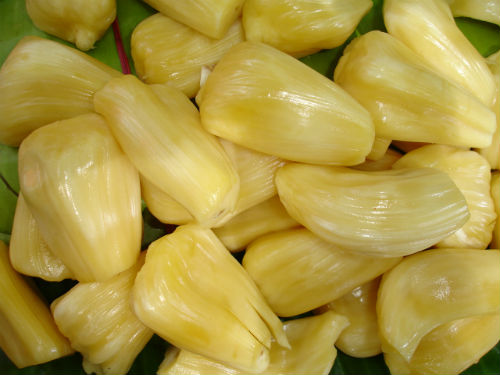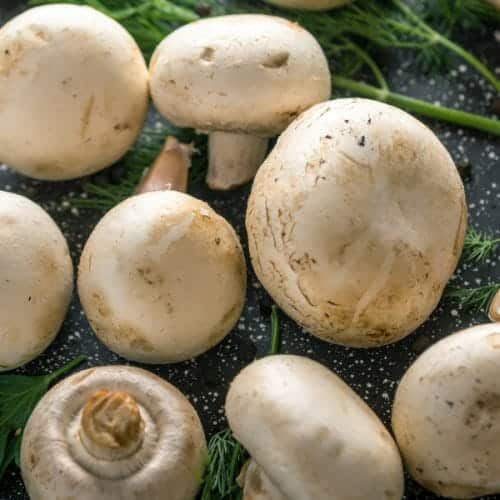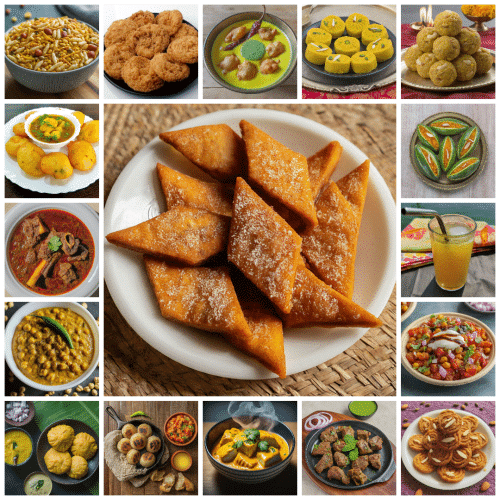The jackfruit, called the jack of all fruits, is also the juggernaut of fruits since it is just rolled over in the markets in view of its heavy weight. Finding a prominent niche in the annals of several nations, this mammoth fruit is encrusted with legends and folklores. There is clear mention of it in Buddhist and Jain literature of 400 BC as also in the Tamil literature of 3 AD. The earliest foreign national to dwell on its description was Xuan Zang, a Chinese traveler in the 7th century AD.
It is said to have originated in India and grows everywhere in the country. At the lower tank-bund in Hyderabad there is an ashram of sorts where death rites are performed. In the open space here there are trees growing these large fruits.
The Malaysian word chakka had got corrupted into the colonial English jackfruit, albeit the Sanskrit name panasa is believed to have been derived from the pre-Sanskrit Indian language Munda. Its name in Telugu is panasa panduand pala pazham in Tamil. The tree is chiefly a tropical inhabitant and grows wild in the Western Ghats. As it grows in plenty in Kerala and the Konkan region of Karnataka this fruit is cooked there to prepare a variety of dishes that are sweet and delicious. In Bengal, central Maharashtra and parts of the Gangetic plains these trees are grown in abundance.
It also grows in other tropical countries like Brazil, Myanmar, Sri Lanka and so on. Unlike other fruits, it is an outgrowth from the stem of the plant later growing into a tree of 50 ft or more.
On an average, each tree can yield around 250 fruits in a season (March to July). The fruit which is oval or oblong grows to formidable sizes. Some mature fruits grow up to a couple feet long and weigh 20 kg and upwards. Some varieties may even weigh 100 kg. It secrets a sticky milk that oozes from the stems;
A good deal of time is needed to look at the prickliness and also its sticky nature of the exterior. A jack-knife is required to cut the fruit and one has to apply vegetable oil to the palms before cutting it.
The aroma of this fruit is heavenly, as delicious as its taste. Research studies about this fruit have indicated that about 15 esters, six alcohols, and volatile vapors and myriad other compounds combine to emit its typical aroma. Only 30 per cent of the fruit is edible. Other than moisture this fruit has carbohydrates giving rise to its sweetness, protein and tiny amounts of fat, and yields 88 calories of energy. It also yields fair quantities of carotene, thiamine, riboflavin, niacin, vitamin C, calcium and iron in addition to crude fibre.
The seeds of the fruit are also nutritious. They, however, contain a powerful enzyme inhibitor –particularly carbonic anhydrate which accounts for the occasional abdominal distention or stomach upsets that some persons suffer from after consuming it in a large quantity. The seeds are eaten after roasting or steam-cooking. Sun-dried seeds are powdered and employed in making soups. Subji is also made out of the seeds. Delicious curries and pickles are also prepared from it. The thick outer skin and fibrous interior parts are used to feed goats which have a palate for them.













